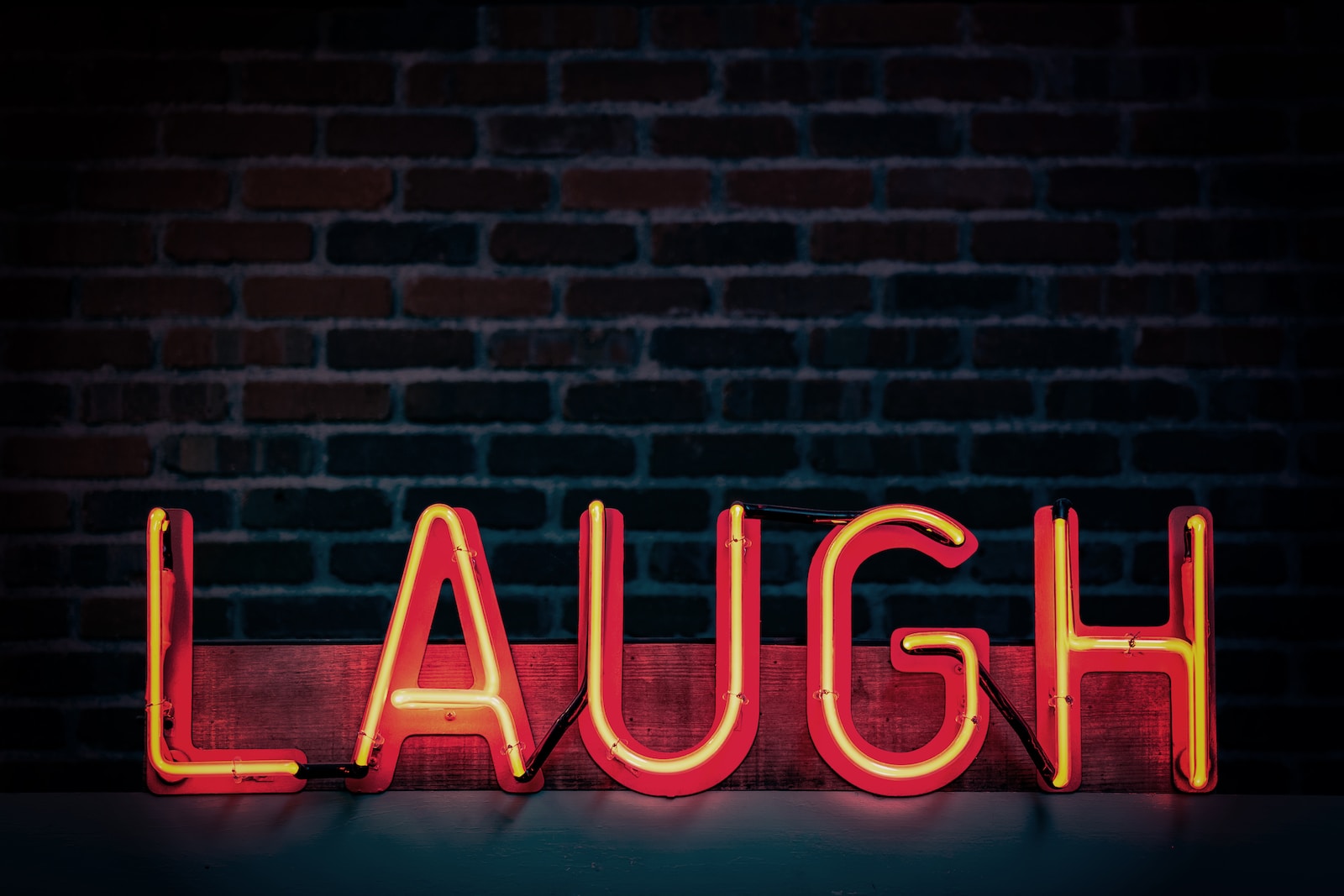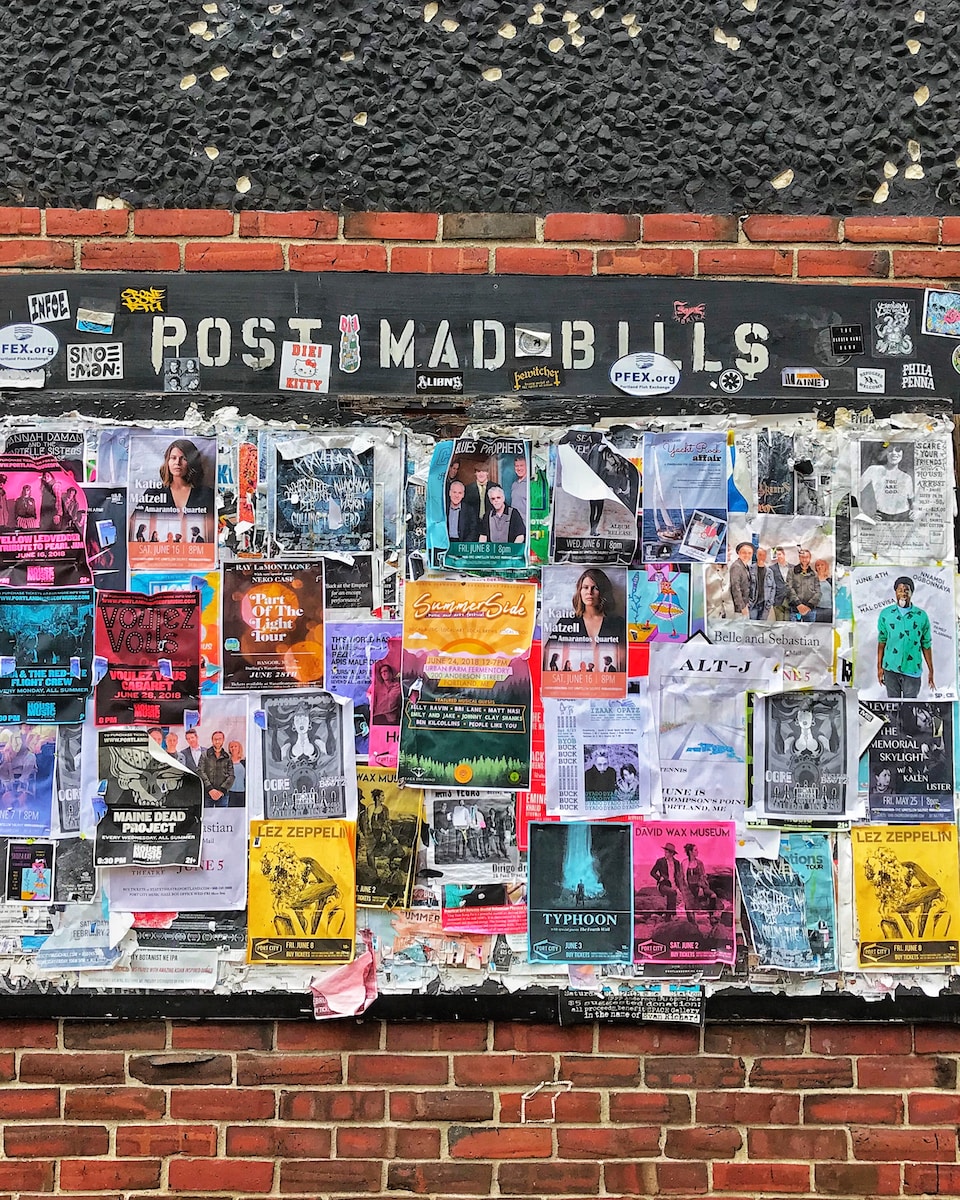When launching your brand into new territories it’s important to avoid making brand naming mistakes like the ones apparently made at Ford, Coors and Colgate.
Ford’s launch of the Pinto car in Brazil flopped when they discovered it meant ‘small penis’ in Brazilian Portuguese slang. Coors made a sloppy entrance into the Spanish market when they are said to have directly translated their slogan, ‘turn it loose’ into a colloquial phrase for diarrhea. And Colgate launched their toothpaste ‘Cue’ into France, not realising it means ‘ass’ or ‘butt’… and shares its name with a widely known French pornography magazine, Cue. Colgate no longer sells the brand. Bummer.
Those companies learned the hard way that it’s super important to do your homework before you launch into new regions and territories. It’s decades since some of these goof-ups and, while today’s global marketers share these stories with amused relish and the impact on the brand isn’t necessarily still negative, there will have been a lot of back-pedalling at the time. Not to mention costly product recalls, loss of sales, PR crisis management and so on.
First impressions last longest, and it can take years for mistakes like these to be forgotten.
How to achieve successful brand name translation
So how do you translate your brand for global markets? Well, in some instances, you may not need to translate your brand at all, but you still need to do your research to be confident in that decision.
Avoid a literal translation. These can be risky and completely miss out on any creativity behind the feel of the brand. It also entirely dismisses linguistic and cultural nuances, which are important for customer engagement. At Brightlines, we take what’s called the ‘transcreation’ approach, which focuses on semantics and allows for creative translation. Check out this blog: “Less is more” – finding the body and soul of transcreation.
Localise your brand name
The key is to think locally. This applies to cultural influences as much as spelling and pronunciation.
Avoid any blunders with numbers, colours or symbols associated with superstitions or other significant meanings. For example, in some European countries such as France, Italy and Spain, chrysanthemums symbolise death and are only ever used for funerals or graves.
Again in Italy, you’ll probably want to avoid the number 17 in any branding. In Roman numerals, XVII is an anagram of the Latin ‘vixi’, which translates to ‘I have lived’, which can be construed as meaning ‘my life is over’. Ironically, English pop band East 17’s Stay Another Day may have done well in Italy – in the video they’re certainly dressed for the winter of their souls and it does slightly make me feel that my life is over.
In terms of localising spelling and pronunciation, use a translation agency who can advise you on whether it’s easy for locals to read, spell and pronounce the brand name. If it isn’t, you’ll need to use their transcreation services.
Global trademarks and domain names
As per the usual drill with any new brand name, don’t forget to check domain and trademark availability. Which reminds me of another marketing story… a rumour that Powergen supposedly initially bought the www.powergenitalia.com domain when opening an Italian office. To power what, one might wonder? The mind boggles. Sadly, they have denied any involvement with this URL, so we must put this myth to bed.
And this missus should sign-off now, too.
If you want any free advice on the best way to approach your brand name translation, just drop me a note or give me a call. If you’re local, drop in for a coffee – we promise not to play any East 17. Either way, Neil and I would love to hear from you.







